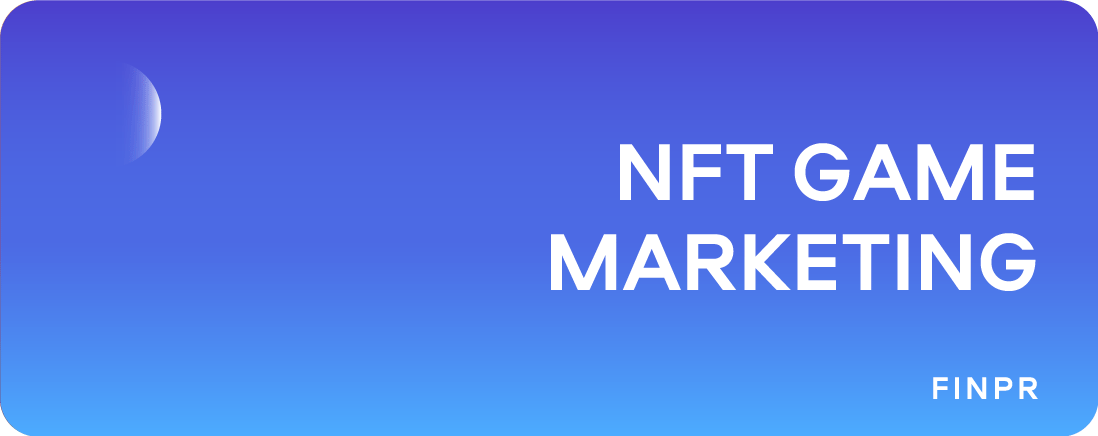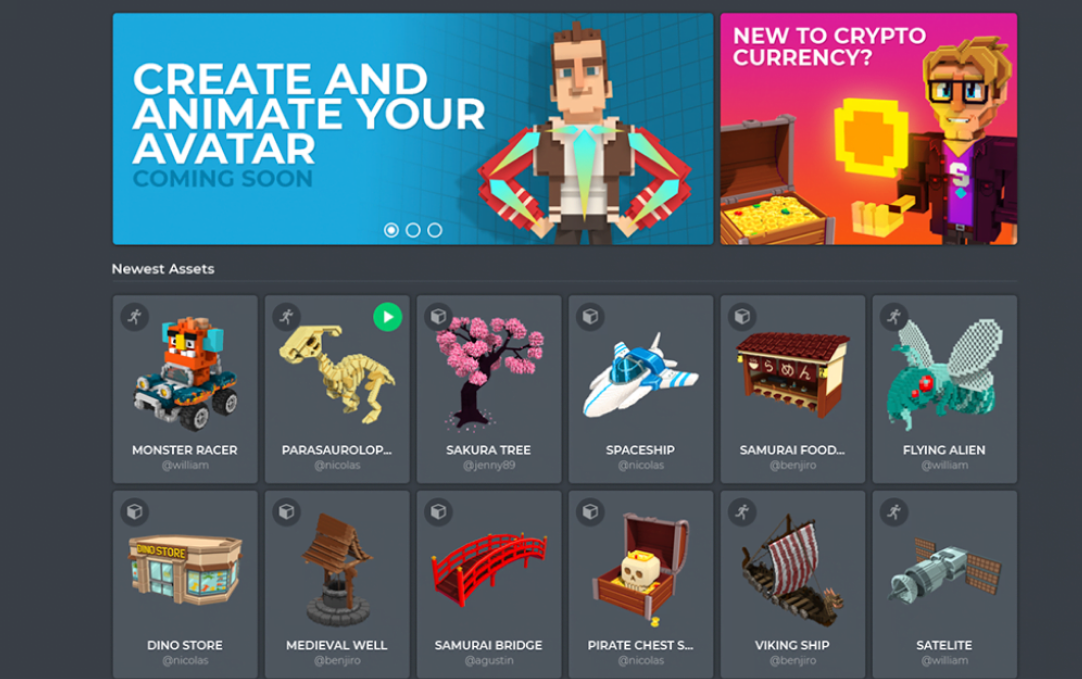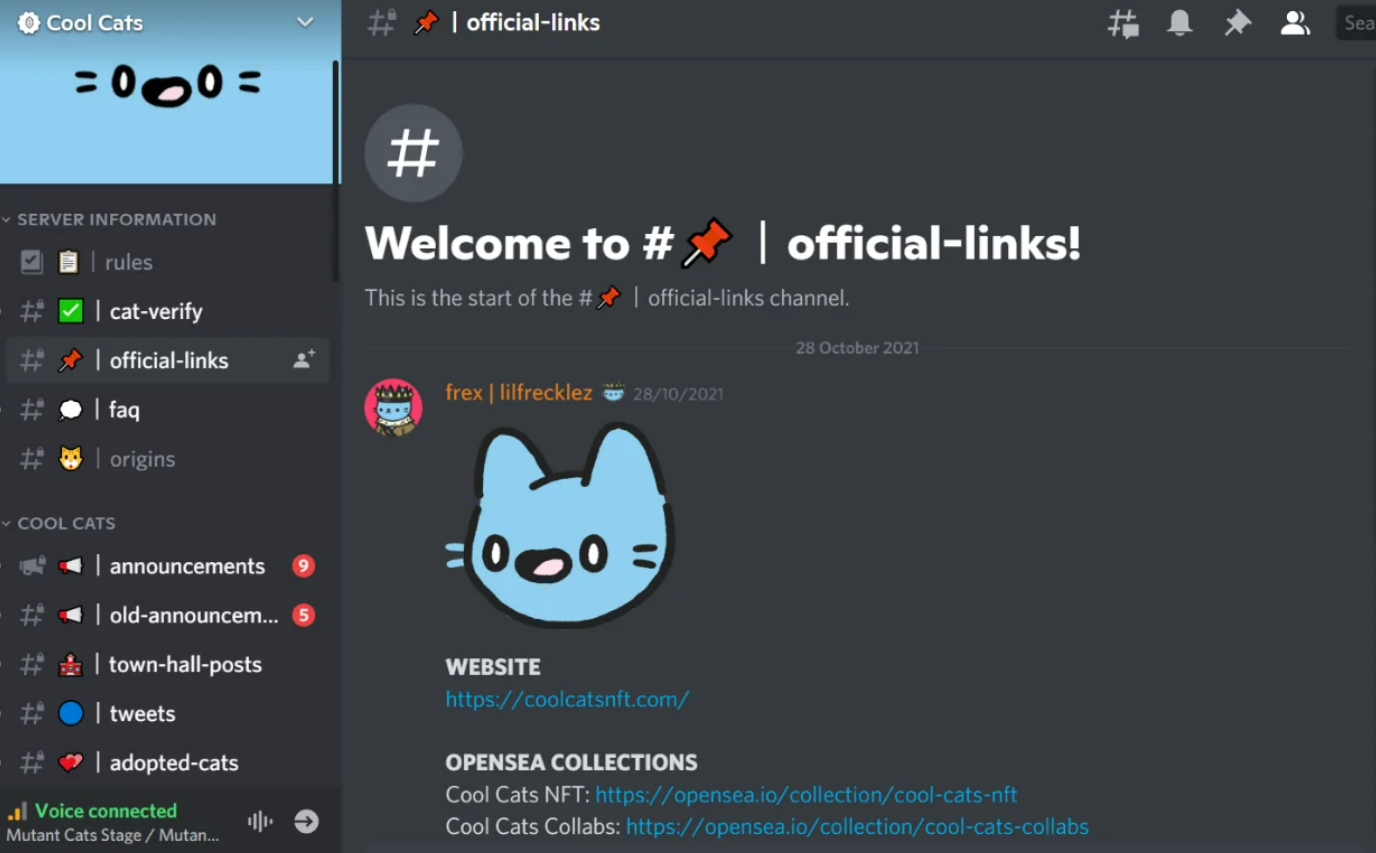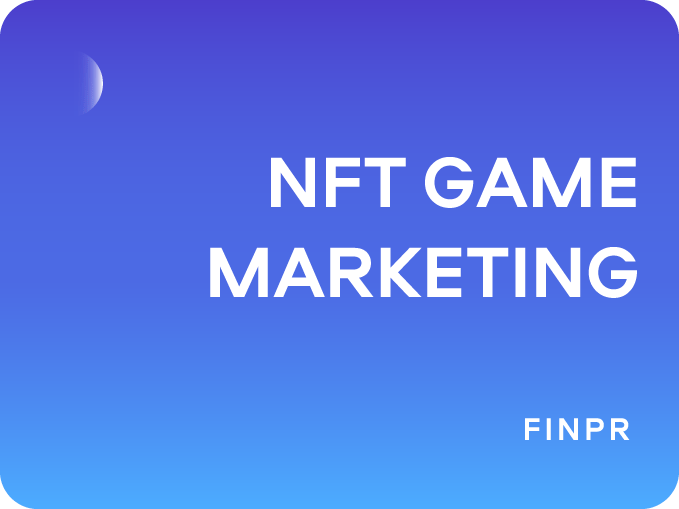
NFT games are reshaping the gaming industry. These games leverage blockchain technology and the rising acceptance of cryptocurrencies to offer immersive and financially rewarding experiences. As the NFT gaming sector grows, it promises to remain influential and transformative.
From initial planning to post-launch activities, this guide covers every aspect of bringing an NFT game to market. You'll learn how to develop marketing strategies that resonate with players.
Basics of NFT Games
Unlike traditional in-game items, which are confined to the game’s ecosystem, NFT assets are transferable across different platforms, offering true ownership to players.

NFT games are built on blockchain technology, typically using platforms like Ethereum, Binance Smart Chain, or Polygon. Here’s a breakdown of how these games function:
- Blockchain Technology: The backbone of NFT games, blockchain ensures that all transactions and ownership records are transparent, secure, and immutable.
- Smart Contracts: These are self-executing contracts with the terms of the agreement directly written into code. They manage the creation, ownership, and transfer of NFTs within the game.
- Digital Ownership: Players have real ownership of in-game items, which are stored on a blockchain, making them immutable and secure.
- Interoperability: NFT assets can be used across different games and platforms, allowing for a seamless gaming experience.
- Scarcity and Provenance: Each NFT is unique, and its history of ownership can be traced, ensuring authenticity and rarity.
- Play-to-Earn: The NFT game model allows players to earn rewards through gameplay, creating an additional incentive to participate.
- Marketplace: Most NFT games feature an integrated marketplace where players can trade NFTs. This adds a layer of economic strategy to the gaming experience.
By combining these elements, NFT games create a dynamic and engaging environment where players can truly own their in-game achievements and assets.
Developing a Marketing Strategy
Pre-Launch Marketing
Effective pre-launch marketing is crucial for building anticipation and ensuring a successful launch for your NFT game.
Building Anticipation and Hype
Creating anticipation and hype involves several steps.
- Teaser Campaigns: Release teasers, sneak peeks, and trailers to generate excitement. Use visually appealing and engaging content to capture potential players' attention.
- Countdowns and Milestones: Create a countdown to the launch date and celebrate milestones leading up to the release. This keeps the community engaged and looking forward to the launch.
- Exclusive Pre-Launch Events: Host beta tests, exclusive previews, and early access events. This not only generates buzz but also allows you to gather valuable feedback and make necessary adjustments before the official launch.
Using Social Media and Community Platforms
Establishing a strong presence on social media platforms like Twitter, Instagram, and TikTok is essential. Regular updates, behind-the-scenes content, and active engagement with your audience through comments and direct messages help build a connection.
Building a community on platforms like Discord and Telegram is equally important. Engaging with your audience through discussions, polls, and Q&A sessions fosters a sense of belonging and loyalty among potential players.
Engaging with Influencers and Early Adopters
Influencer marketing plays a pivotal role in pre-launch strategies. Identify key influencers in the NFT and gaming communities and collaborate with them to promote your game. Sponsored posts, gameplay reviews, and live streams are effective ways to leverage their reach.
Creating early adopter programs that reward initial supporters with exclusive in-game assets, early access, or special recognition can incentivize them to spread the word about your game. Encouraging early adopters to create content related to your game, such as fan art, gameplay videos, and reviews, and then sharing this content on your official channels can amplify its reach and impact.
Content Marketing
Content marketing is a powerful tool to educate, engage, and attract your target audience. Here are the key components of an effective content marketing strategy for your NFT game.
Creating Engaging Content
Producing a variety of content is essential.
- Blogs and Articles: Write informative and engaging blog posts about your game's development process, unique features, and the benefits of NFTs in gaming. Share insights, tips, and behind-the-scenes stories to keep your audience informed and interested.
- Videos and Livestreams: Produce high-quality videos showcasing gameplay, tutorials, and developer interviews. Livestreams can offer real-time interaction with your audience, fostering a deeper connection and immediate feedback.
- Infographics and Visual Content: Use infographics to explain complex concepts related to blockchain and NFTs. Visual content is easily shareable and can help in simplifying technical aspects for a broader audience.
SEO Strategies for NFT Game Marketing
Search engine optimization (SEO) is vital for increasing your game's visibility.
- Keyword Research: Identify relevant keywords and phrases that your target audience is searching for. Incorporate these keywords naturally into your content to improve search engine rankings.
- On-Page SEO: Optimize your website's content, meta descriptions, and headers to ensure they are search engine friendly. Use internal and external links to improve site navigation and credibility.
- Content Distribution: Share your content across various platforms, including your website, social media, and industry forums. Engage with communities on Reddit, Bitcointalk, and other relevant forums to drive traffic to your site.
Leveraging Storytelling to Connect with Players
Storytelling is a powerful tool for connecting with your audience. Create a compelling narrative around your game, sharing the story behind its development, the challenges faced, and the vision for the future. This humanizes your brand and builds a connection with your audience.
Feature stories and testimonials from players who have tested or experienced your game, as real-life experiences and success stories can inspire trust and interest among potential players. Keeping your audience informed with regular updates on the game's progress, new features, and upcoming events is also crucial. Consistent communication helps maintain interest and keeps your community engaged.
Paid Advertising
Effective Channels for NFT Game Advertising
Choosing the right platforms for advertising is essential. Google Ads and social media platforms like Facebook, Instagram, and Twitter offer targeted advertising options that can help you reach specific demographics interested in NFT games. Social media ads are particularly effective because they allow for detailed targeting based on interests, behaviors, and demographics.
Budgeting and ROI Considerations
When planning your paid advertising strategy, it's important to set a realistic budget. Determine how much you are willing to spend and allocate funds across different platforms. Monitor the performance of your ads to ensure you are getting a good return on investment (ROI). This involves tracking metrics such as cost per click (CPC), click-through rate (CTR), and conversion rates. Adjust your budget based on which ads and platforms are performing best.
A/B Testing and Optimizing Ad Campaigns
A/B testing is a vital process in optimizing your ad campaigns. Create multiple versions of your ads with slight variations in headlines, images, and calls to action. Test these versions to see which performs better. Use the data gathered from A/B testing to refine your ads and improve their effectiveness. Regularly reviewing and adjusting your ads based on performance data will help maximize their impact and efficiency.
Community Building
Importance of a Strong Community
A vibrant community fosters loyalty and long-term engagement. It provides a space for players to share their experiences, offer feedback, and form connections with each other and the developers. A strong community can also generate word-of-mouth marketing, which is highly effective in attracting new players.
Strategies for Building and Nurturing a Community
Creating and maintaining a community involves several strategies.
- Establish a presence on platforms like Discord and Telegram, which are popular among gamers and crypto enthusiasts.
- Engage with your community through regular updates, Q&A sessions, and interactive events.
- Hosting contests, giveaways, and AMAs (Ask Me Anything) can also help keep the community active and excited.
Using Community Platforms
Use platforms that are popular with your target audience.

Discord is particularly useful for creating structured communities with various channels for different topics. Telegram is excellent for real-time communication and quick updates. Actively participate in these communities by responding to questions, acknowledging feedback, and fostering a positive and inclusive environment.
Partnerships and Collaborations
Partnerships and collaborations can significantly enhance your marketing efforts by leveraging the reach and credibility of other entities.
- Partnering with Other Games, Platforms, and Influencers: Identify and collaborate with other games, platforms, and influencers within the NFT and gaming communities. These partnerships can involve cross-promotions, where both parties promote each other’s products, benefiting from mutual audiences.
- Cross-Promotion and Co-Marketing Opportunities: This can be done through joint events, shared content, and mutual shout-outs on social media. Co-marketing can also extend to shared advertising campaigns, joint press releases, and collaborative content creation, such as joint livestreams or video series.
- Case Studies of Successful Partnerships: Highlighting case studies of successful partnerships can provide valuable insights and inspiration.
Post-Launch Activities
Post-launch activities in NFT game marketing are crucial for maintaining momentum, engaging the community, and ensuring the long-term success of the game.
Community Engagement and Management
- Regular Updates and Announcements: Keep the community informed about new features, events, and updates. This includes patch notes, bug fixes, and upcoming content.
- Community Events and Competitions: Host in-game events, tournaments, and competitions to keep players engaged and foster a sense of community.
- Active Social Media Presence: Maintain active profiles on major social media platforms, such as Twitter, Discord, and Telegram, to interact with the community, share updates, and gather feedback.
Continuous Content Creation
- New NFT Drops: Regularly release new NFTs to keep the game fresh and exciting. This can include new characters, items, skins, or any other in-game assets.
- Expansion Packs and DLCs: Introduce new game modes, levels, or story expansions to keep players interested and invested in the game.
- User-Generated Content: Encourage players to create and share their own content, such as fan art, videos, or custom levels, to increase community involvement.
Continuous Marketing Efforts
- Paid Advertising: Use targeted advertising campaigns on platforms like Google Ads, Facebook, and Twitter to reach potential new players.
- Email Marketing: Regularly send out newsletters to keep your audience informed about updates, events, and promotions.
Analytics and Feedback Loop
- Data Analysis: Continuously monitor key performance indicators (KPIs) such as player retention, in-game transactions, and user acquisition costs to assess the effectiveness of your marketing efforts.
- Player Feedback: Collect and analyze player feedback through surveys, social media, and in-game tools to understand their needs and preferences.
- Iterative Improvements: Use the insights gained from data analysis and player feedback to make informed decisions and continuously improve the game and marketing strategies.
Enhancing Game Features and User Experience
- Bug Fixes and Performance Enhancements: Regularly update the game to fix bugs and improve performance to ensure a smooth player experience.
- New Features: Introduce new features based on player feedback and industry trends to keep the game innovative and engaging.
- User Experience Optimization: Continuously work on improving the user interface and overall user experience to make the game more accessible and enjoyable.
Conclusion
Entering the NFT gaming space presents both exciting opportunities and unique challenges. By understanding the fundamentals, developing a robust marketing strategy, and staying abreast of emerging trends, you can position your NFT game for success. The key lies in continuous learning, adapting to changes, and actively engaging with your community.
Most important! Ensure the game complies with all relevant regulations, especially those related to cryptocurrencies and NFTs. Regularly update security protocols to protect player data and prevent fraud or hacking attempts.




